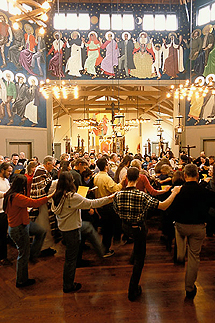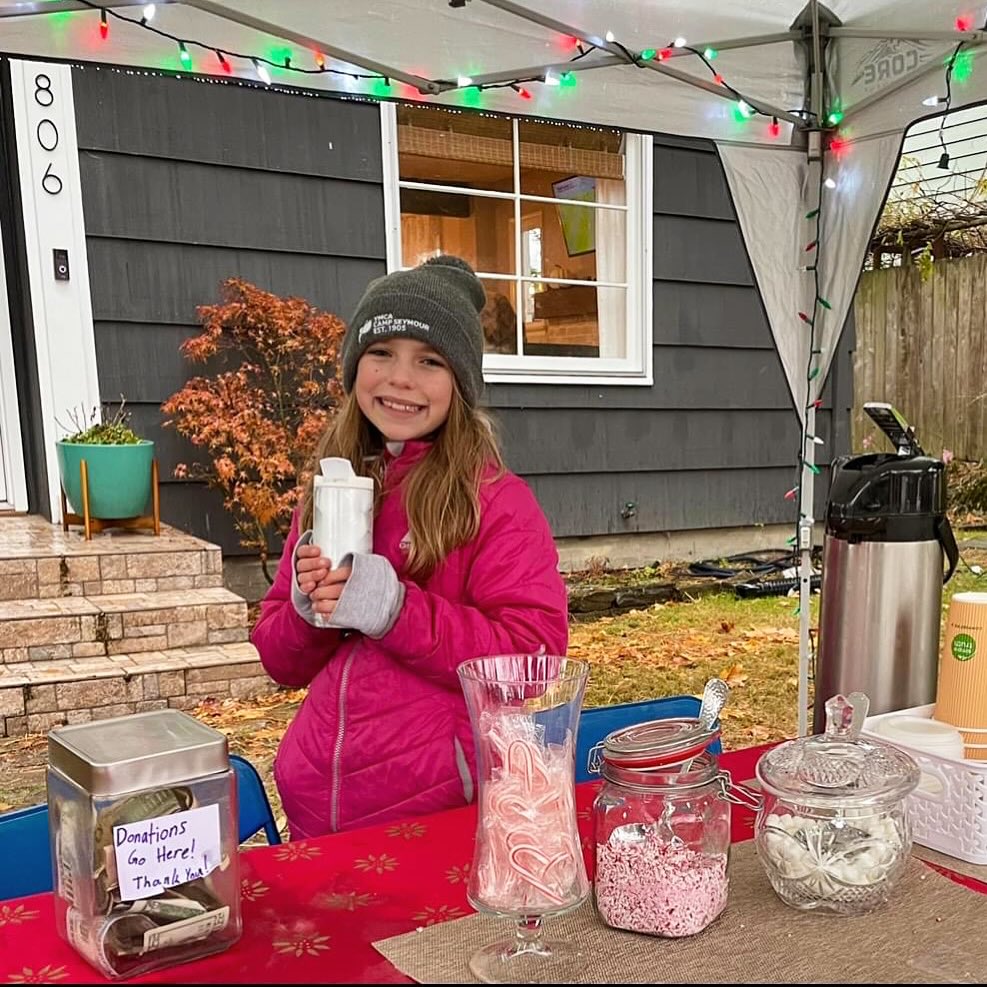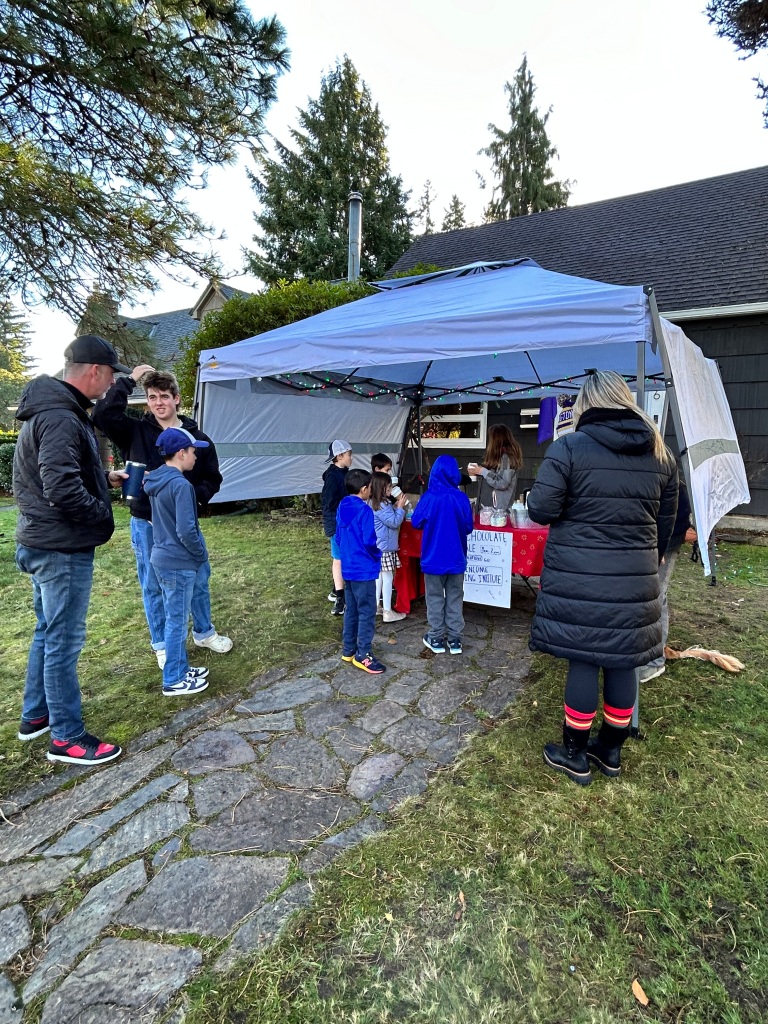by Demi Prentiss

Oct 28, 2023, Pope Francis preached in the Casa Santa Marta, where he celebrates daily mass. He urged the church to be a place of open doors, and not of people who seek to control the faith. He called for broadened expectations of how we might recognize saints among us:
We need saints without veils, without underwear. We need jeans and sneaker saints. We need saints to go to the movies, listen to music, and hang out with their friends. We need saints that put God first and stand out in University. We need saints who seek time to pray every day and know how to fall in love with purity and chastity, or who consecrate their chastity. We need modern day saints, 21st century saints with spirituality embedded in our time. We need saints committed to the poor and the necessary social change. We need saints who live in the world, sanctify themselves in the world and who are not afraid to live in the world. We need saints who drink Coke and eat hot dogs, who are internet users, who listen to iPod. We need saints who love the Eucharist and who are not ashamed to have a beer or eat pizza on the weekend with friends. We need saints who love cinema, theater, music, dance, sports. We need sociable, open, normal, friendly, joyful, fellow saints. We need saints who are in the world and know how to taste the pure and good things of the world, but without being worldly.
Pope Francis is urging us all to be “people of the Incarnation” – people who embody their faith in the ways they choose to live their daily lives. Seeking to live faith daily narrows the gap between our bodies and our spirits, our world and the promised reign of God. In this season we have moved from the Feast of the Incarnation – Christmas, the celebration of the Word made flesh – into the season of Epiphany – the January 6 celebration of the visit of the Three Kings begins the season of God’s self-revelation. We are immersed in the mystery of human flesh becoming a home for divinity.
Richard Rohr, an American Franciscan priest and writer, described the transformational power of an incarnational worldview in a recent daily meditation: An incarnational worldview is one in which matter and Spirit are understood to have never been separate. Matter and Spirit reveal and manifest each other. This view relies more on awakening than joining, more on seeing than obeying, more on growth in consciousness and love than on clergy, experts, morality, scriptures, or prescribed rituals.
In the weekly summary of meditations for the closing week of 2023, Rohr’s meditation practice encouraged sitting with our breathing as a way to participate in the mystery of incarnation:
Every time you take in a breath, you are repeating the pattern of taking spirit into matter, and thus repeating God’s creation of humankind (in Hebrew, ‘adam).
And every time you breathe out, you are repeating the pattern of returning spirit to the material universe. In a way, every exhalation is a “little dying” as we pay the price of inspiriting the world.
Your very breathing models your entire vocation as a human being. You are an incarnation, like Christ, of matter and spirit operating as one. This, more than anything we believe or accomplish, is how all of us — either knowingly and joyfully, or not — continue the mystery of incarnation in space and time.[1]
[1] Adapted from Richard Rohr, The Universal Christ: How a Forgotten Reality Can Change Everything We See, Hope for, and Believe (New York: Convergent, 2019, 2021), 99.











